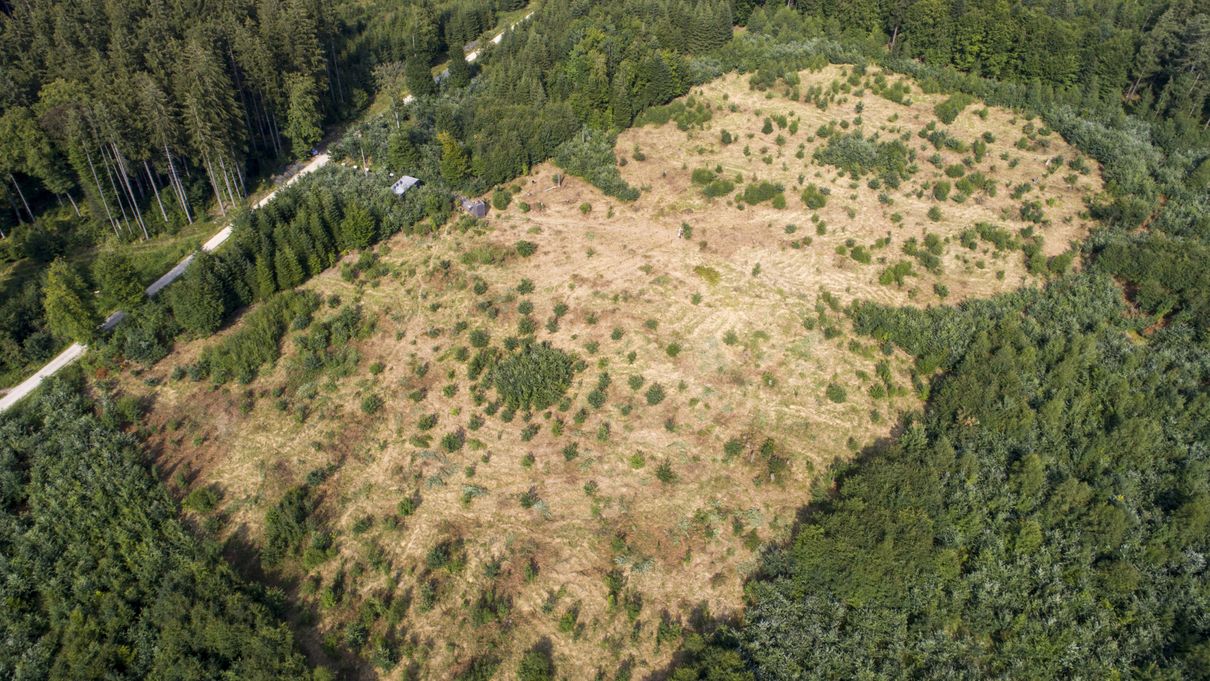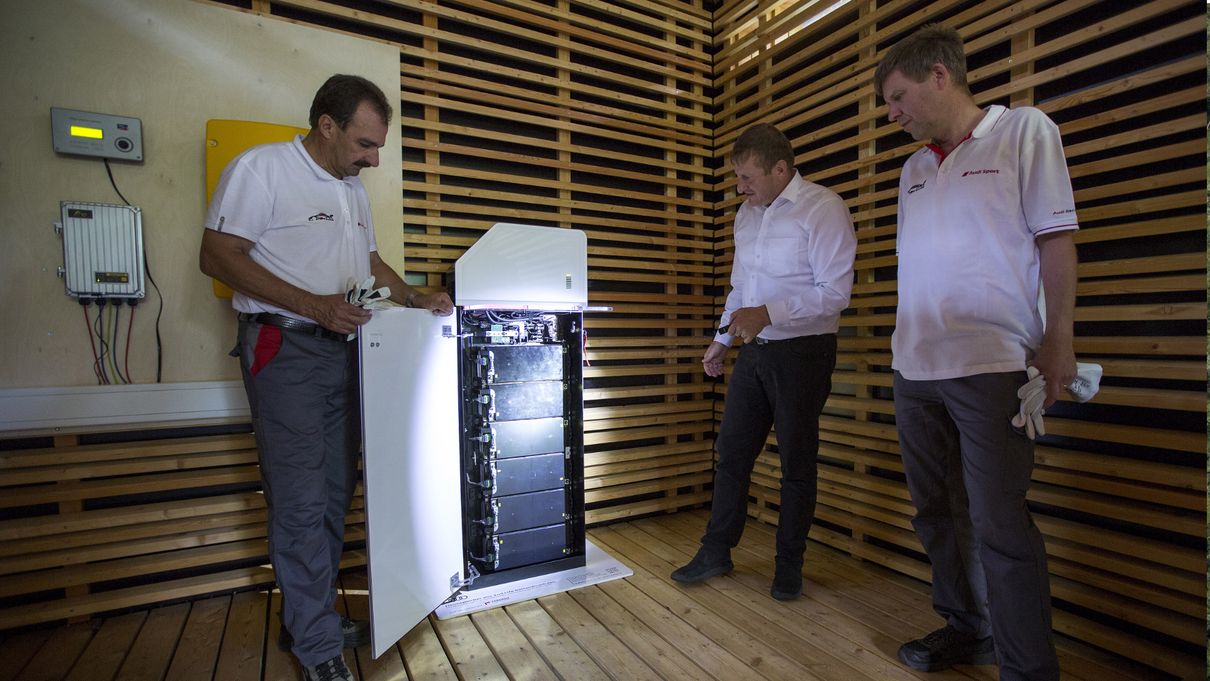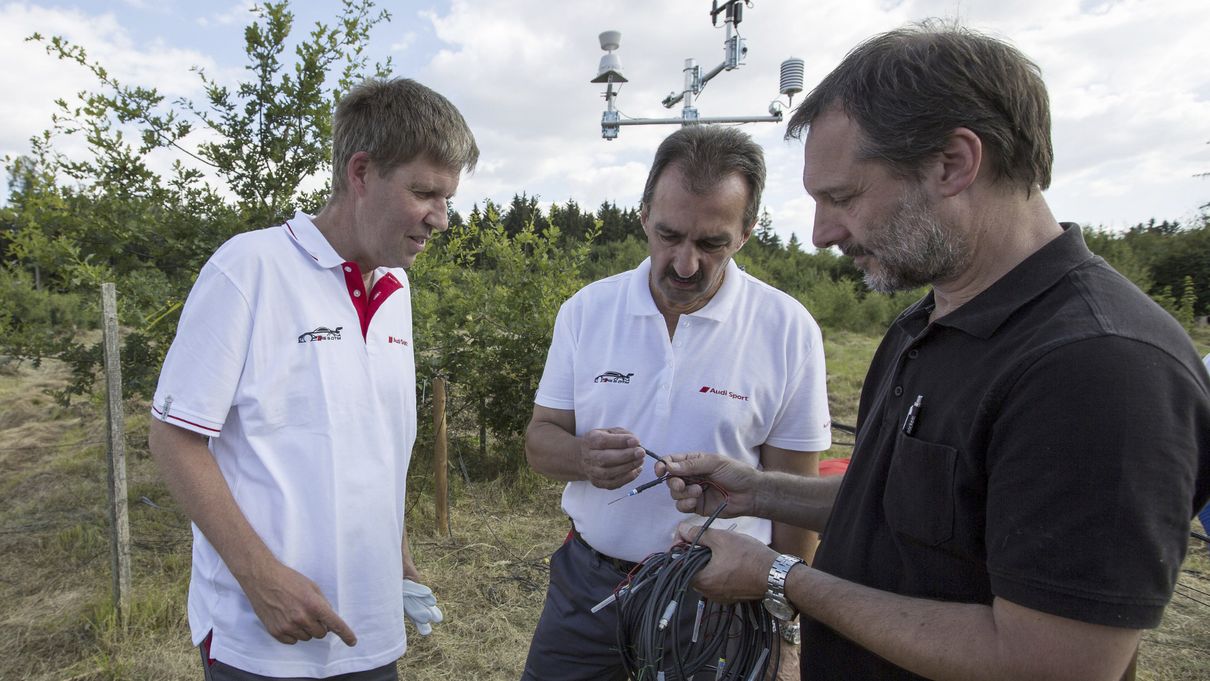Oak forests meets environmental technology – a modern project by the Audi Foundation

Ten years ago, the Audi Environmental Foundation planted around 36,000 English oaks for research purposes in Kösching forest and has set itself the goal of making forests healthier and more sustainable. Now these oaks are being treated with intelligent measuring technology, modern environmental technology methods and corresponding sensors. This enables, among other things, current weather conditions, growth and water consumption to be determined.
The measurement results are prepared regularly and can be accessed by the public here. The project shows how modern environmental technology can be ideally used.
Healthy forests through support by managers from Audi
Teamwork is a top priority at Audi. During an internal workshop, Albert Mayer, Audi plant manager at the Ingolstadt site, worked together with his first management level to equip the oaks with the appropriate sensors and ensured the necessary infrastructure. They laid the required cables, installed the measuring equipment and put the measuring station into operation together with representatives of the Technical University of Munich.
Battery storage system
AUDI AG is providing a battery storage system for the “Talking Trees” project that is powered by six battery modules from an Audi Q7 e-tron test vehicle. The battery storage system in the oak forest is about 1.30 meters high and weighs around 150 kilograms. Solar panels charge it with energy and ensure that the entire measuring station is supplied with electricity throughout the year. This is one of a variety of second-life projects in which Audi is testing ways old batteries can be converted into stationary energy storage.

Environmental projects for a sustainable future
The oak forest battery storage system is just one of a variety of second-life projects in which Audi is testing ways old batteries can be converted into stationary energy storage. As the key component of the electrified Audi models, the Audi batteries are designed through and through for premium quality, safety and a full vehicle life cycle. Since the batteries will still have a large amount of their capacity left even after being used in the car, Audi is carrying out several research projects to determine intelligent ways they can be used after their life in the car. Audi places a high priority here on sustainability and economy, since batteries are the most expensive component of an electric car. When it comes to recycling, Audi generally pursues the vision of a circular economy, especially for valuable raw materials.



